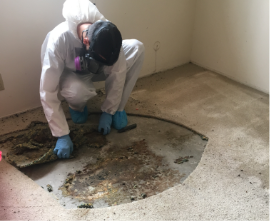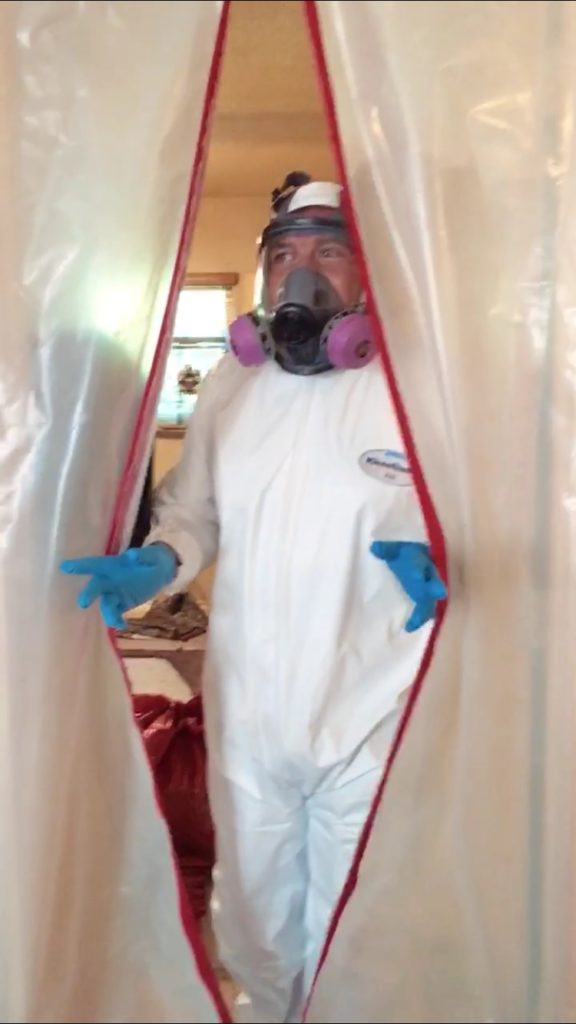Dealing with a home or apartment that has succumbed to immense clutter can be challenging on many levels. Typically there are various compounding reasons that led to the point that space presents as now. Unraveling these issues is a complex process if the resident is to remain in the home. If however, the property has been found as such after the passing of a loved one, or perhaps moving the individual to assisted living, the path to removal is simply forward moving.
If the goal of all involved is the residence to be remediated to a habitable condition either for the resident’s return, resale, or rental of the space, the following steps should be considered. Knowing where to start cleaning in a home that’s packed with clutter is overwhelming. These steps will help take control of the situation, sort through items in a hoarder’s home, and clean and sanitize it so that it is safe to live in again.
Strategize (Evaluation of Space):
Residents of hoarding situations (hoarders) are unable to distinguish valuable items from those that would be considered non-salvageable or debris. Items tend to accumulate quickly and are dependent on the person’s fixation. For instance, one home The BIOClean Team technicians remediated recently was filled with over three thousand Hallmark Ornaments new in boxes. The resident was able to part with all refuse in the home (food waste, empty boxes, common trash), but was unable to part with a single in box ornament. Each “valuable ornament” was carefully stored in a plastic bin for the client. The organized bins ended up taking up two full bedrooms of space. Although organized and decontaminated, the space is still full and not fully functional. In this case, a professional mental health evaluation and counseling are needed to further assist in the “letting go” of items.
In most cases, because the items are left unsorted the space quickly becomes filled with piles of belongings, hoarded items of “value”, common trash, debris, boxes, and mail. These items quickly pile up and block access to areas of the home. The piles then begin to harbor dust, mold, insects, and vermin, making living conditions unhealthy. Fire hazards in hoarder homes are extremely high due to loose debris, flammable materials, and blocked egress.
Once the space has been evaluated for hazards and a clear path of egress has been determined it is time to create a de-cluttering strategy. If the resident plans to remain living in the space make sure to work with him or her on their expectations, and set up a plan moving forward for how to maintain a safe environment. Often times a mental health professional is needed to avoid falling back into the patterns of hoarding items, even after a space has been remediated.
It is usually safest to strategize a cleanout from exterior inwards. This will avoid the pitfalls of working over large piles, or cross-contamination of biological items if drug through and over piles in rooms. It is also dangerous to carry items without a clear path of egress, and heavy lifting can be strenuous.
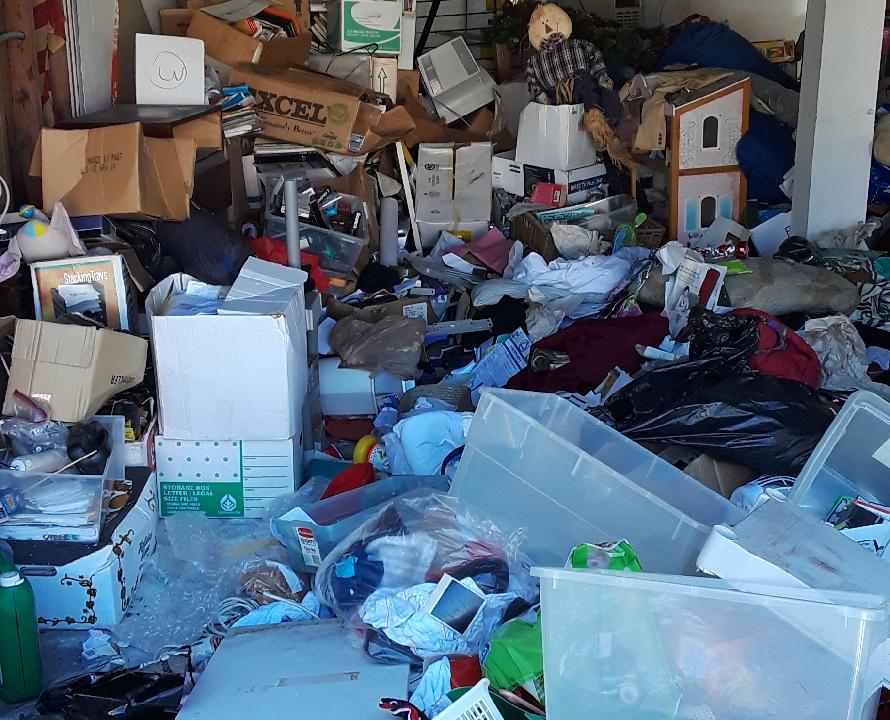
Once the de-cluttering plan is in place, develop a cleaning strategy to address the underlying issues of contamination from the microbial pathogens that are undoubtedly covering every surface, and within the piles of garbage due to excessive dust, insects, animals, or vermin. Sometimes the resident has medical issues or incontinent issues and fecal matter or soiled diapers are found amongst the refuse.
Over the counter cleaning products do not decontaminate biological matter, so if the house is truly a gross filth situation it is best to consult biological cleaning specialists for a true breakdown of the supplies needed.
Furthermore, because it’s impossible to know exactly what is in the refuse the cleanup crew must be prepared for anything. With any cleanup of this nature, personal protection gear must be considered. Disposable gloves, N95 masks, and coveralls are recommended to protect from microbes and pathogens that are growing in such an environment. Sturdy shoes, hardhats, and work gloves are also recommended in case of needles, sharps, or other dangerous items located within the trash. There may be broken glass, open can lids, insects that start biting when disturbed, or flammable materials. It is advisable to carry insect spray and a fire extinguisher in case of unforeseen emergencies.
If biohazardous materials are encountered, (blood, feces, needles, or animal remains) call a professional biological restoration company immediately. These materials can’t be legally discarded in household trash.
A detailed evaluation includes: a de-cluttering strategy, a cleaning plan which involves what kind of supplies and equipment will be needed, and an evaluation of how much time this project might take.
Typically once the project is assessed and understood, the task of cleaning out years of clutter becomes extremely overwhelming and emotionally exhausting for family members. In this case, getting help from a professional company that specializes in hoarding and biological decontamination is often the fastest and safest route.
2. Execute the Plan
After strategizing, the hoarder cleanup it’s time to execute.
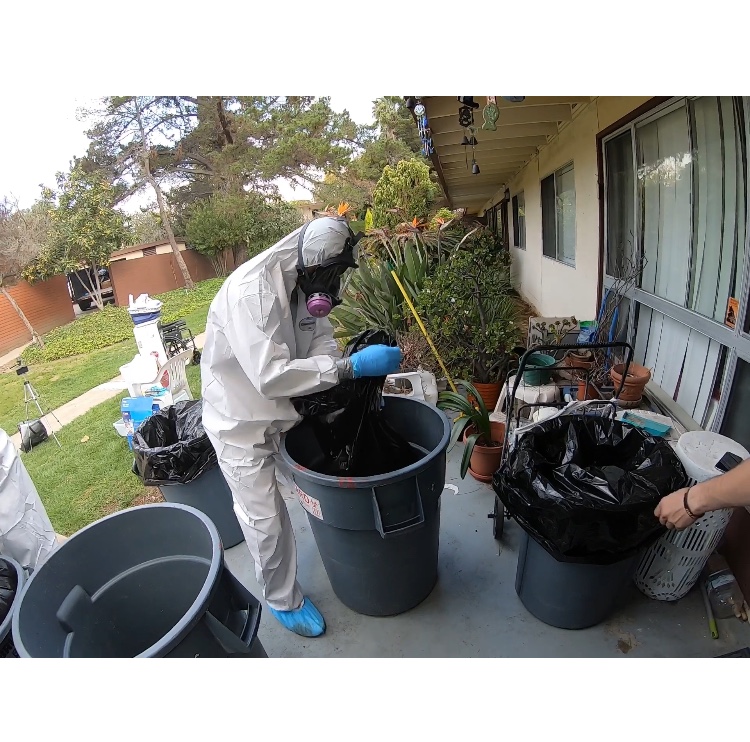
Collect plenty of cleaning supplies:
A project of this size will require a great deal of cleaning supplies. Those in charge of cleaning will want to make sure everything is on hand so that unnecessary trips to the store do not delay the cleaning.
These items are necessary when cleaning a hoarding situation:
- Heavy duty trash bags
- Empty boxes or bins if organizing
- Buckets and mops
- All-purpose cleansers/disinfectants
- Sponges/wipes/cleaning cloths
- Broom/dustpan
- Vacuum cleaner and extra bags if necessary (shopvac is best)
- Step ladder
- Tall ladder
- Wide Shovel
- A set of hand tools
A roll-off dumpster is usually necessary to hold all the discarded items that would overwhelm trash receptacles on site. The sanitation department assigned to the city should be available for information on rates, as well as pickup and delivery information. A staging area exterior to the space is important to set up in order to sort through items. If the project will be more than one day a covered area may be necessary.
Front to Back & Top to Bottom:
It’s difficult to know where to begin, so start from the front door and move inward. Although it may feel like little progress in such a large space, this is the safest way to avoid climbing over unstable piles. Once a room has been cleaned and sanitized, there’s a sense of accomplishment and motivation to do more.
It’s best to take a methodical approach to cleaning in situations like this. Remove everything from rooms, top to bottom, including furniture if possible. It’s easier to thoroughly clean when there are fewer items in a room. Go through drawers, closets, purses, and clothing pockets to ensure that no valuables have been left behind. Check local ordinances on disposing items like paint, medications, and other items that can’t be discarded in household trash.
Again, if biohazardous materials are encountered, (blood, feces, needles, or animal remains) call a professional biological restoration company immediately. These materials can’t be legally discarded in household trash.
Salvageable Items:
Sort through items after they’ve been removed from a room to determine if they should be discarded, kept, donated, or recycled. Some charities can pick up donations if arrangements are made in advance. Items that are being kept need to be cleaned and checked for damage or contamination. Items that are being removed from the home should be removed & discarded promptly before the individual can have a change of heart.
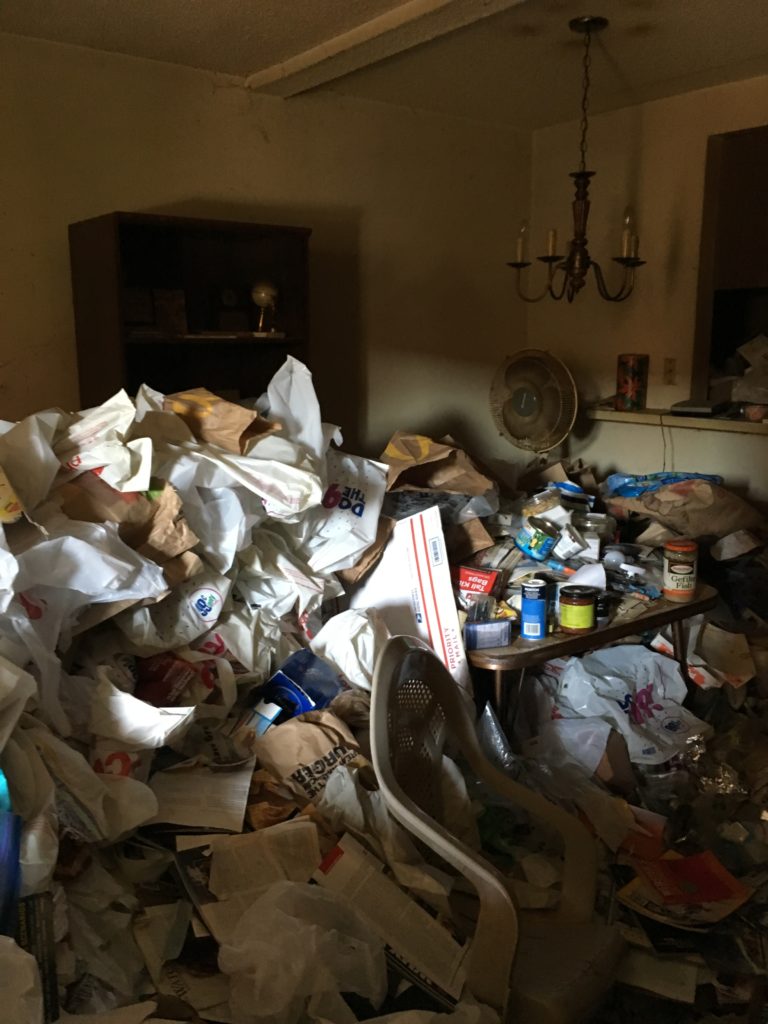
Gross Filth Remediation & Repairs:
Once the home is free of clutter, it can be thoroughly cleaned and sanitized. Depending on the extent of the hoarding, this may take some time, and if the process has become too overwhelming, or gross biological contaminants have been discovered, it’s time to call the biological remediation experts. Often mold, sewage, black water leaks, or carcasses are found beneath the clutter which must be remediated by a certified specialist.
This is also the time to examine the building for any necessary repairs, such as cracked drywall or warped floors. These repairs should be made before furniture and other items are returned.
Professional Hoarding Cleanup Services
If you need hoarding cleanup services in the Los Angeles, San Diego, Riverside, or Palm Springs are, area, or anywhere in southern California, call the caring professionals at The BIOClean Team. Our technicians have the training and experience to manage hoarding situations of any size. We work with residents, family, property managers, and owners to develop a comprehensive strategy that assists the total remediation of the property to habitable, safe, rentable or sellable condition.
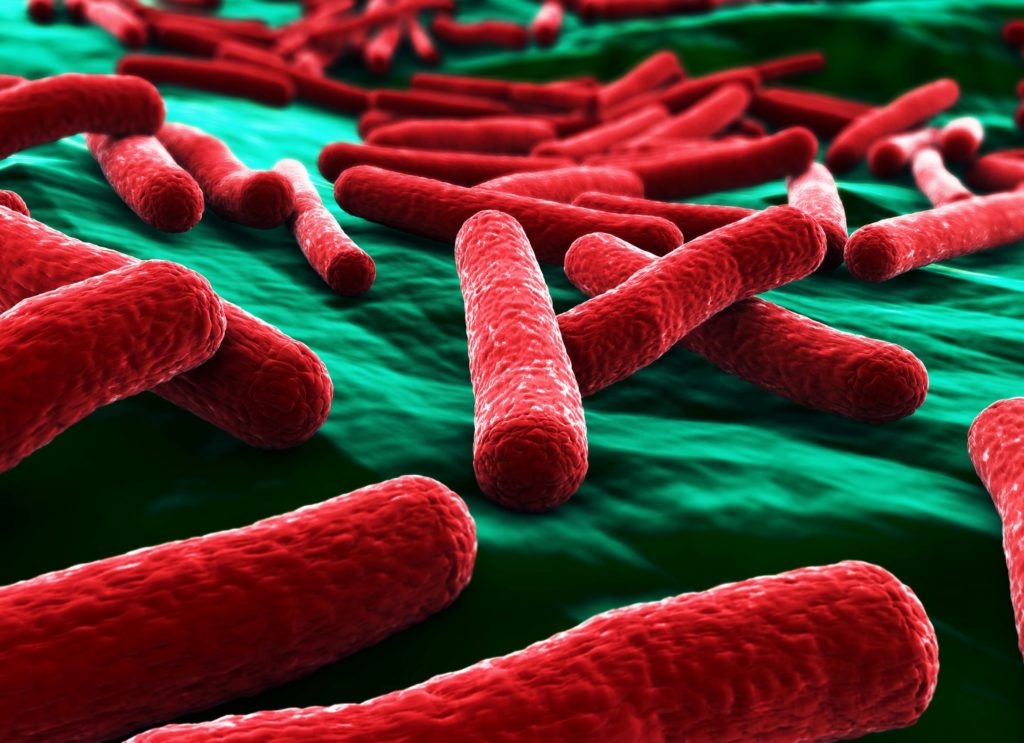

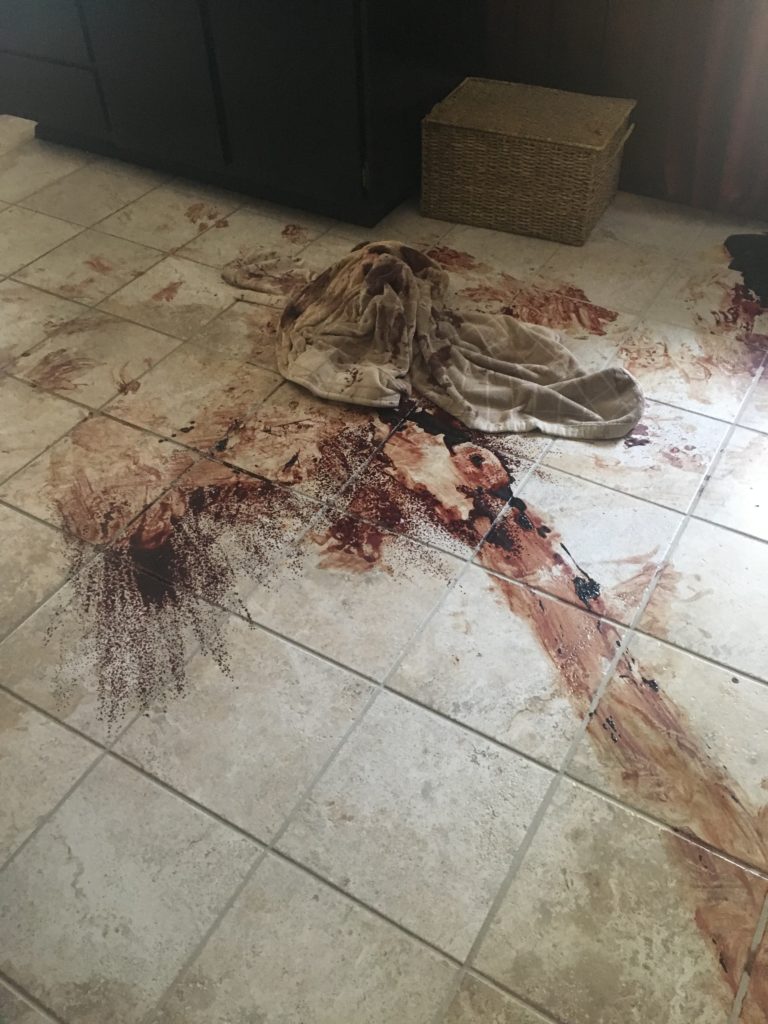
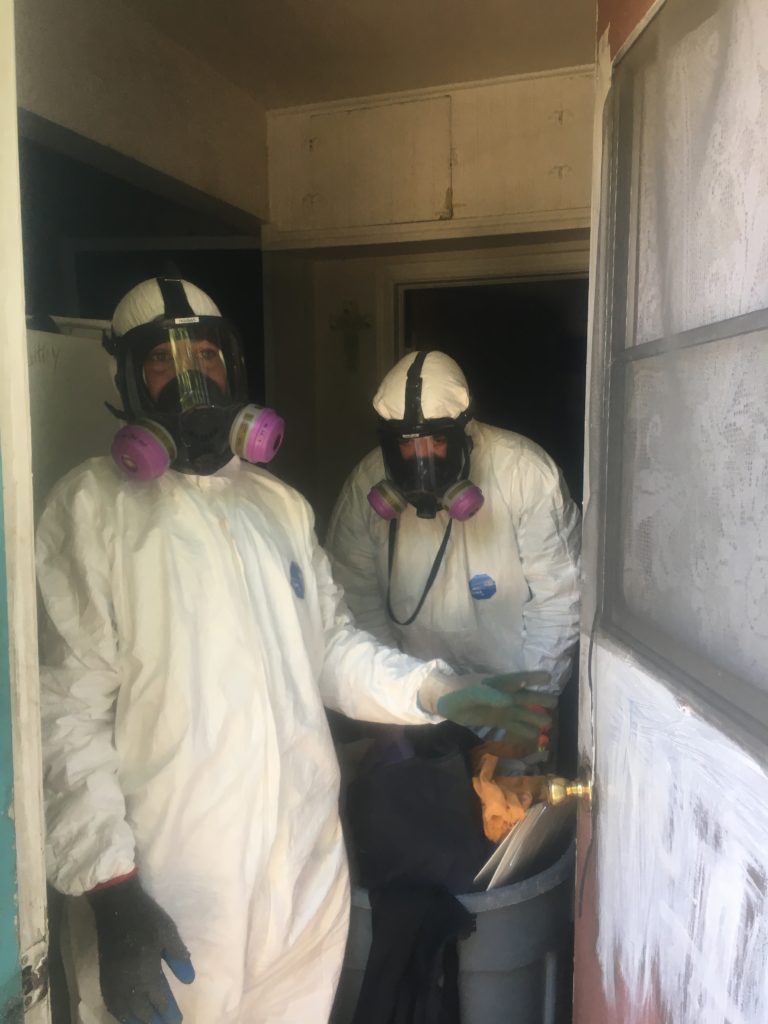 Who Cleans Up Crime Scenes
Who Cleans Up Crime Scenes


